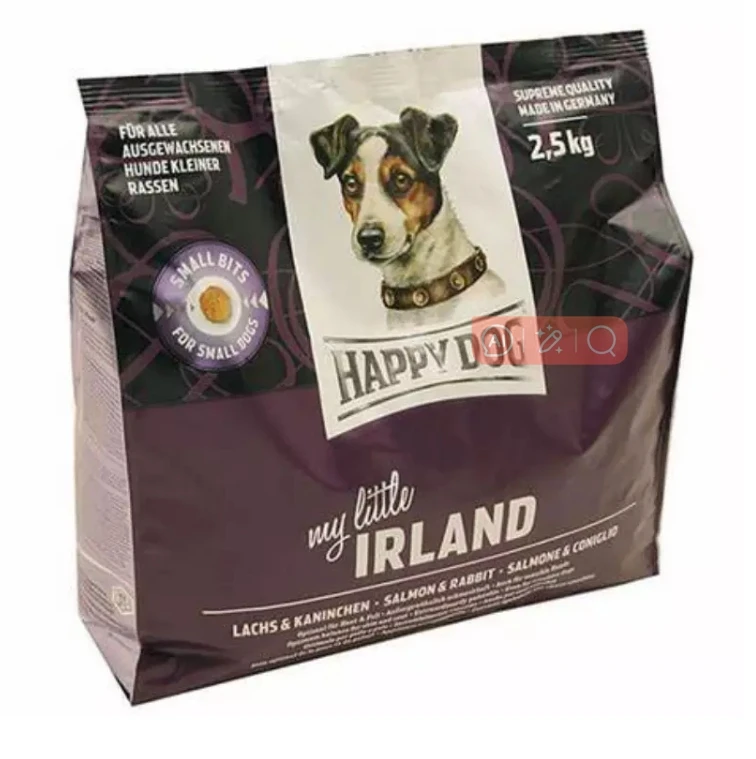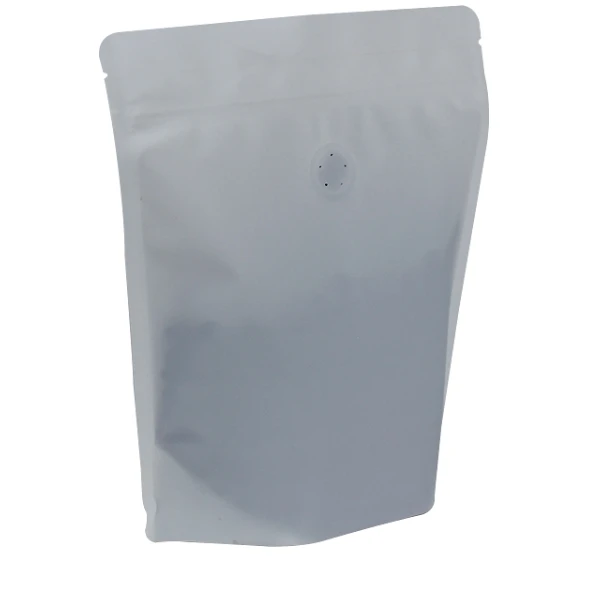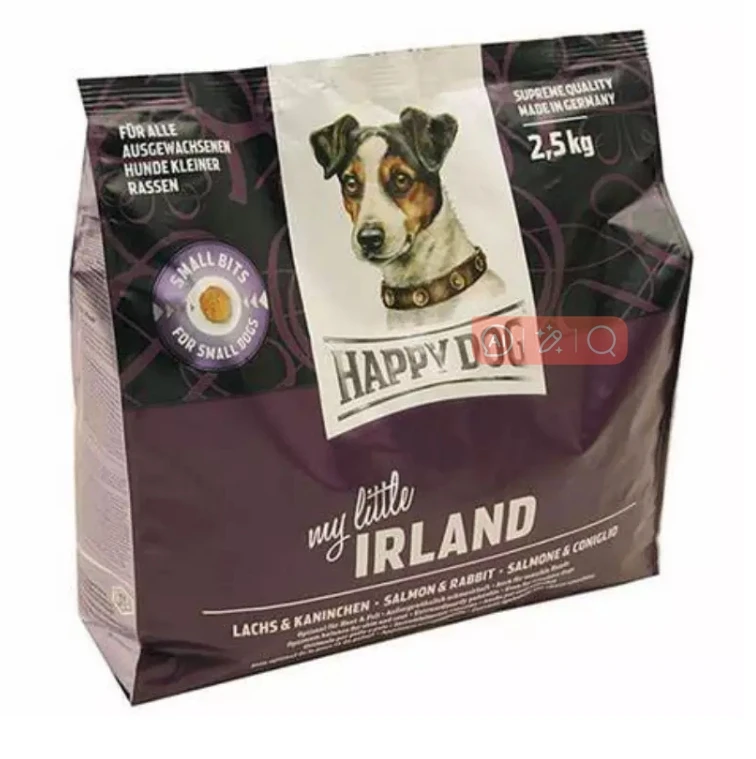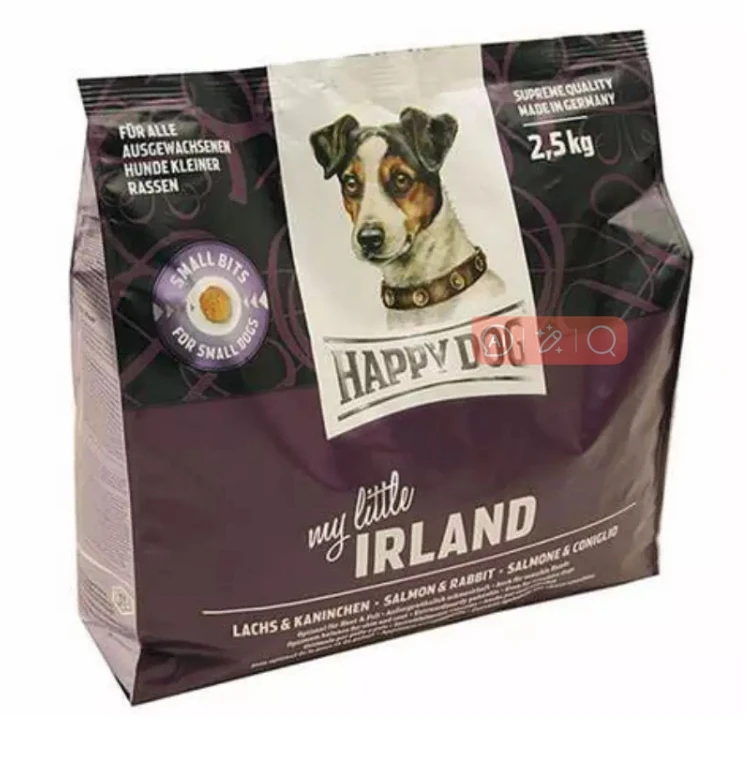- Afrikaans
- Albanian
- Amharic
- Arabic
- Armenian
- Azerbaijani
- Basque
- Belarusian
- Bengali
- Bosnian
- Bulgarian
- Catalan
- Cebuano
- chinese_simplified
- chinese_traditional
- Corsican
- Croatian
- Czech
- Danish
- Dutch
- English
- Esperanto
- Estonian
- Finnish
- French
- Frisian
- Galician
- Georgian
- German
- Greek
- Gujarati
- haitian_creole
- hausa
- hawaiian
- Hebrew
- Hindi
- Miao
- Hungarian
- Icelandic
- igbo
- Indonesian
- irish
- Italian
- Japanese
- Javanese
- Kannada
- kazakh
- Khmer
- Rwandese
- Korean
- Kurdish
- Kyrgyz
- Lao
- Latin
- Latvian
- Lithuanian
- Luxembourgish
- Macedonian
- Malgashi
- Malay
- Malayalam
- Maltese
- Maori
- Marathi
- Mongolian
- Myanmar
- Nepali
- Norwegian
- Norwegian
- Occitan
- Pashto
- Persian
- Polish
- Portuguese
- Punjabi
- Romanian
- Russian
- Samoan
- scottish-gaelic
- Serbian
- Sesotho
- Shona
- Sindhi
- Sinhala
- Slovak
- Slovenian
- Somali
- Spanish
- Sundanese
- Swahili
- Swedish
- Tagalog
- Tajik
- Tamil
- Tatar
- Telugu
- Thai
- Turkish
- Turkmen
- Ukrainian
- Urdu
- Uighur
- Uzbek
- Vietnamese
- Welsh
- Bantu
- Yiddish
- Yoruba
- Zulu
Custom Resealable Pet Food Pouches & Dog Treat Bags
Navigating the Pet Food Packaging Landscape: Insights into Advanced Pouches
The global pet food industry is experiencing remarkable growth, driven by increasing pet ownership and a heightened focus on pet health and wellness. Central to this evolution is packaging, which plays a critical role in preserving product freshness, ensuring safety, and enhancing consumer appeal. Among various options, the pet food pouch has emerged as a preferred solution, offering unparalleled versatility, convenience, and sustainability benefits. These flexible packaging solutions are designed to meet stringent industry standards while providing optimal barrier properties against moisture, oxygen, and UV light, crucial for maintaining the nutritional integrity and palatability of pet food and treats.
Manufacturers are increasingly investing in advanced materials and printing technologies to create innovative flexible packaging that stands out on shelves. From stand-up pouches with re-sealable zippers to flat pouches ideal for single servings, the range of options for pet food bags is vast. This detailed guide explores the technical intricacies, market trends, and strategic advantages of leveraging high-quality, customized pet food pouches for brand success in a competitive market.
Technical Specifications and Material Innovation
The efficacy of a pet food pouch hinges significantly on its material composition and structural integrity. Modern pouches are typically constructed from multi-layer laminates, carefully engineered to provide specific barrier properties and mechanical strength. Common materials include PET (Polyethylene Terephthalate) for rigidity and printability, AL (Aluminum Foil) for ultimate oxygen and moisture barrier, VMPET (Vacuum Metallized PET) for a cost-effective barrier and metallic look, and PE (Polyethylene) or CPP (Cast Polypropylene) for the heat-sealable inner layer. The selection of these materials directly impacts the pouch's ability to extend shelf life, protect against external contaminants, and withstand rigorous handling during transit and storage.
Below is a table outlining key technical parameters and typical material structures for premium pet food packaging bags, showcasing the diverse solutions available to meet varying product requirements from kibble to moist treats.
| Parameter | Description | Typical Range/Value |
|---|---|---|
| Material Structure | Common multi-layer laminates | PET/AL/PE, PET/VMPET/PE, PET/PE, OPP/CPP, PA/PE |
| Total Thickness | Determines barrier strength and rigidity | 80 - 200 microns (µm) |
| Oxygen Transmission Rate (OTR) | Amount of oxygen that passes through the material (critical for freshness) | < 5 cc/m²/24hr (for high barrier) |
| Water Vapor Transmission Rate (WVTR) | Amount of water vapor that passes through (critical for moisture-sensitive products) | < 5 g/m²/24hr (for high barrier) |
| Print Quality | Typically high-definition rotogravure or flexographic printing | Up to 10 colors, matte, glossy, or spot UV finish |
| Closure Options | Mechanisms for re-sealing the pouch after opening | Zipper (Press-to-close, Hook-to-Hook), Slider Zipper, Spout |
| Pouch Style | Physical configuration of the bag | Stand-up pouch, Flat pouch, Gusseted bag, Quad seal bag |
| Sustainable Features | Efforts towards environmental responsibility | Recyclable (mono-material), Compostable, PCR (Post-Consumer Recycled) content |

These specifications underscore the complexity and precision involved in designing and manufacturing a high-performance pet food pouch. The emphasis on robust barrier properties, especially for products susceptible to oxidation or moisture degradation, is paramount. Furthermore, the push towards sustainable packaging solutions, such as mono-material designs that facilitate recycling, is a growing trend, reflecting both consumer demand and regulatory pressures. Ensuring compliance with food-grade standards like FDA and EU regulations is also a foundational requirement, affirming product safety for pets.
The Precision Manufacturing Process of Pet Food Pouches
The production of a high-quality pet food pouch involves a sophisticated multi-stage manufacturing process, each step meticulously controlled to ensure product integrity and performance. This process typically begins with material selection, where specific films like PET, NYLON, Aluminum foil, and PE are chosen based on the desired barrier, strength, and sealing properties. Following material preparation, the journey from raw film to finished pouch encompasses several critical phases:
1. Graphic Design and Pre-press:
The initial stage involves translating the brand's aesthetic vision into a printable design. High-resolution artwork is prepared, considering print fidelity and brand guidelines. This is crucial for creating eye-catching pet food bags that attract consumers.
2. Rotogravure or Flexographic Printing:
Utilizing advanced printing presses, the chosen designs are applied onto the outer layer of the film. Rotogravure offers superior print quality and consistency, ideal for complex graphics and vibrant colors, whereas flexography is often preferred for shorter runs and specific material types. Precision in color matching and registration is critical at this stage.
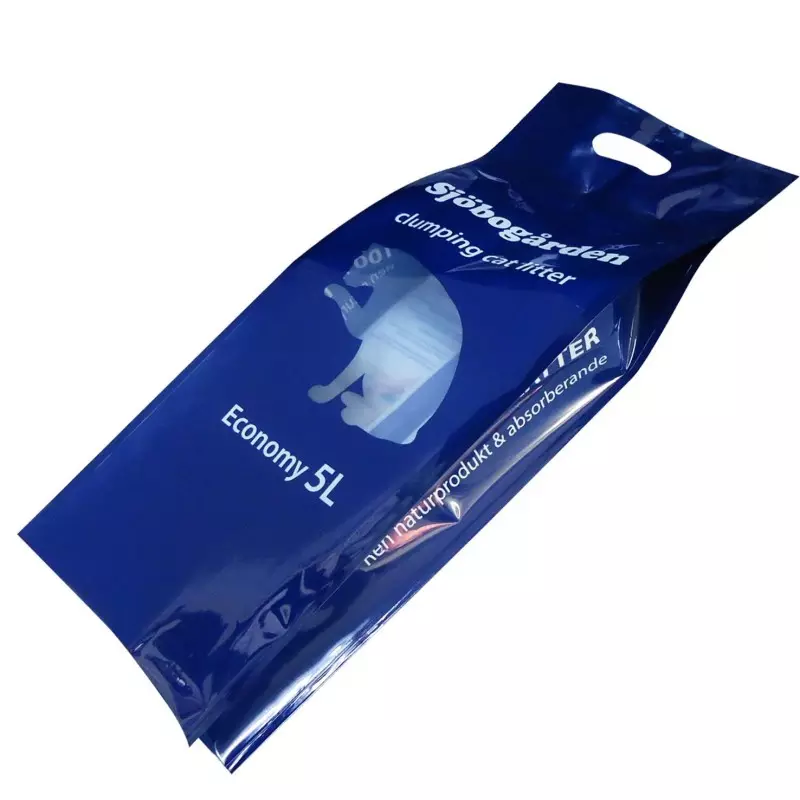
3. Lamination:
Multiple layers of film are bonded together using specialized adhesives. This lamination process creates the multi-layer structure that provides the desired barrier properties (e.g., against oxygen, moisture, light) and overall structural integrity. The specific combination of layers is determined by the product's requirements for shelf life and protection.
4. Curing:
After lamination, the material undergoes a curing period to ensure the adhesives fully set and achieve optimal bond strength. This step is vital to prevent delamination during subsequent processing or product use.
5. Slitting:
The large rolls of laminated film are then precisely slit into narrower rolls of the required width for the final bag forming machines. This step ensures consistent dimensions for the pouches.
6. Bag Forming and Sealing:
The slit rolls are fed into specialized bag-making machines. Here, the film is folded, sealed along the edges (bottom, side, and gussets if applicable), and features like zippers or spouts are integrated. High-speed, precision sealing ensures strong, leak-proof seams for every pet treat bag.
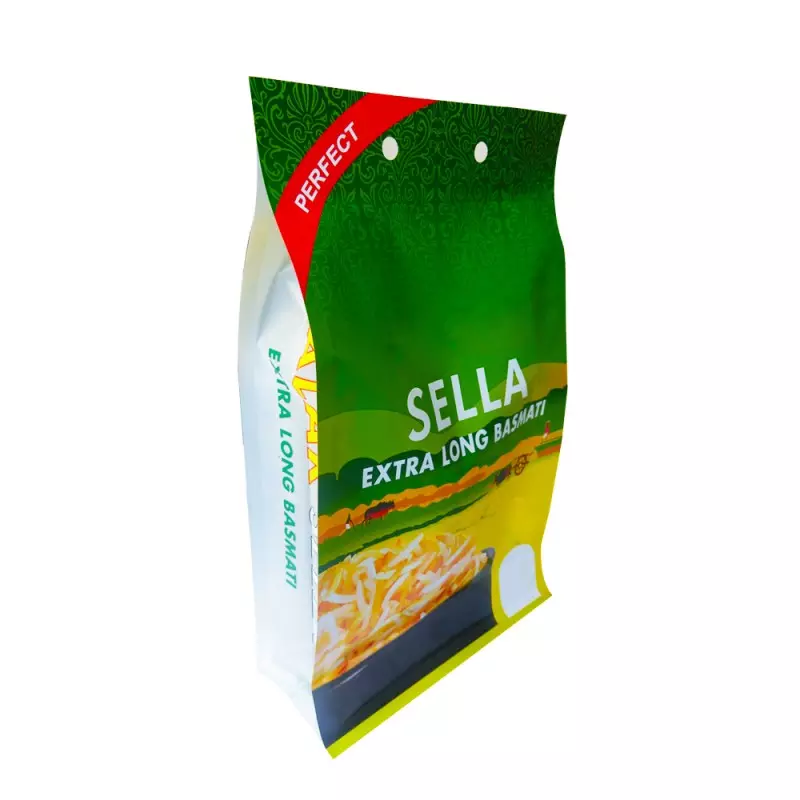
7. Quality Control and Inspection:
Throughout the entire process, rigorous quality control measures are implemented. This includes visual inspections, seal integrity testing (e.g., burst testing, leak testing), dimensional checks, and material strength tests. Compliance with international standards such as ISO 9001 and food safety certifications like FDA and BRCGS ensures consistent quality and safety for all resealable dog food bags.
This comprehensive manufacturing approach guarantees that each pet food pouch delivers optimal performance, protects its contents effectively, and maintains its aesthetic appeal throughout its service life, contributing significantly to product freshness and brand reputation.
Technical Advantages and Application Scenarios
The widespread adoption of the pet food pouch stems from its numerous technical advantages over traditional packaging formats. These benefits extend from superior product protection to enhanced consumer convenience and sustainability. Understanding these advantages is key for brands looking to optimize their packaging strategy.
Enhanced Barrier Properties for Optimal Preservation:
One of the primary technical strengths of flexible pouches is their exceptional barrier capabilities. Through multi-layer lamination, these pouches effectively block oxygen, moisture, light, and contaminants. This is crucial for sensitive pet food ingredients, preventing oxidation of fats, vitamin degradation, and bacterial growth, thus significantly extending the product's shelf life without the need for excessive preservatives. This protection is paramount for maintaining the nutritional value and palatability of specialized diets, ensuring pets receive fresh and wholesome meals.
Versatile Design and User Convenience:
Flexible pouches offer unparalleled design versatility, accommodating various forms such as stand-up pouches, flat pouches, and gusseted bags. Features like resealable zippers or sliders are critical for maintaining freshness after opening, preventing spills, and providing user convenience. This is particularly appealing for pet owners seeking easy-to-use solutions for daily feeding or for managing pet treat bags. Spout pouches are also ideal for wet pet foods or liquid supplements, offering mess-free dispensing.
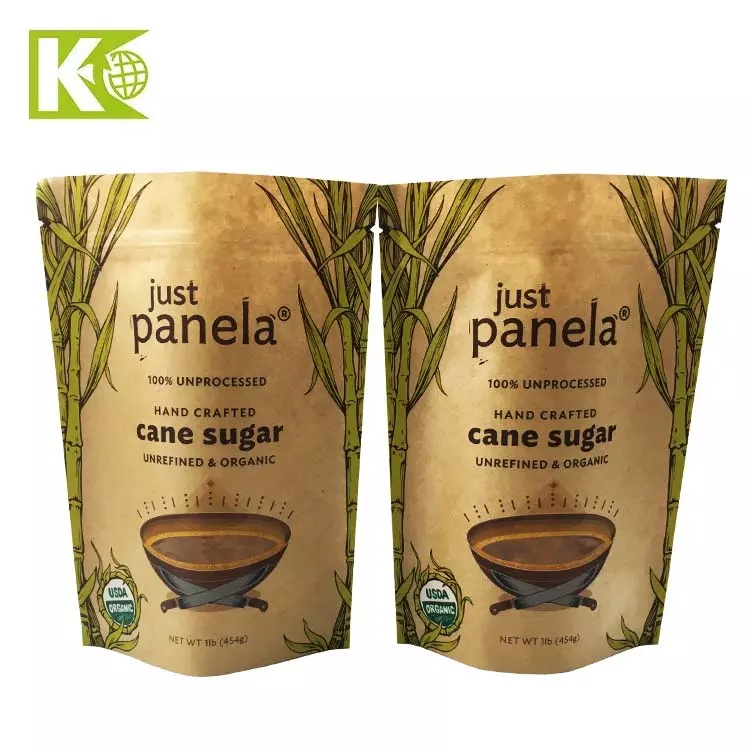
Sustainability and Cost Efficiency:
Compared to rigid packaging, flexible pouches require fewer raw materials, consume less energy during production, and reduce transportation costs due to their lighter weight and compact nature. This leads to a smaller carbon footprint throughout the supply chain. Advancements in mono-material structures are further enhancing their recyclability, addressing growing environmental concerns among consumers and regulators. The cost-effectiveness in manufacturing and logistics makes flexible packaging an economically viable solution for brands while supporting sustainability initiatives.
Wide Range of Application Scenarios:
Customized Printing Pet Food & Snack Food Pouches are suitable for an extensive array of pet products, including dry kibble, semi-moist treats, wet food, nutritional supplements, and specialized diets. Their adaptability makes them ideal for various package sizes, from single-serving portions of pet treat bags to multi-kilogram bulk resealable dog food bags. This flexibility allows brands to cater to diverse market segments and product lines effectively.
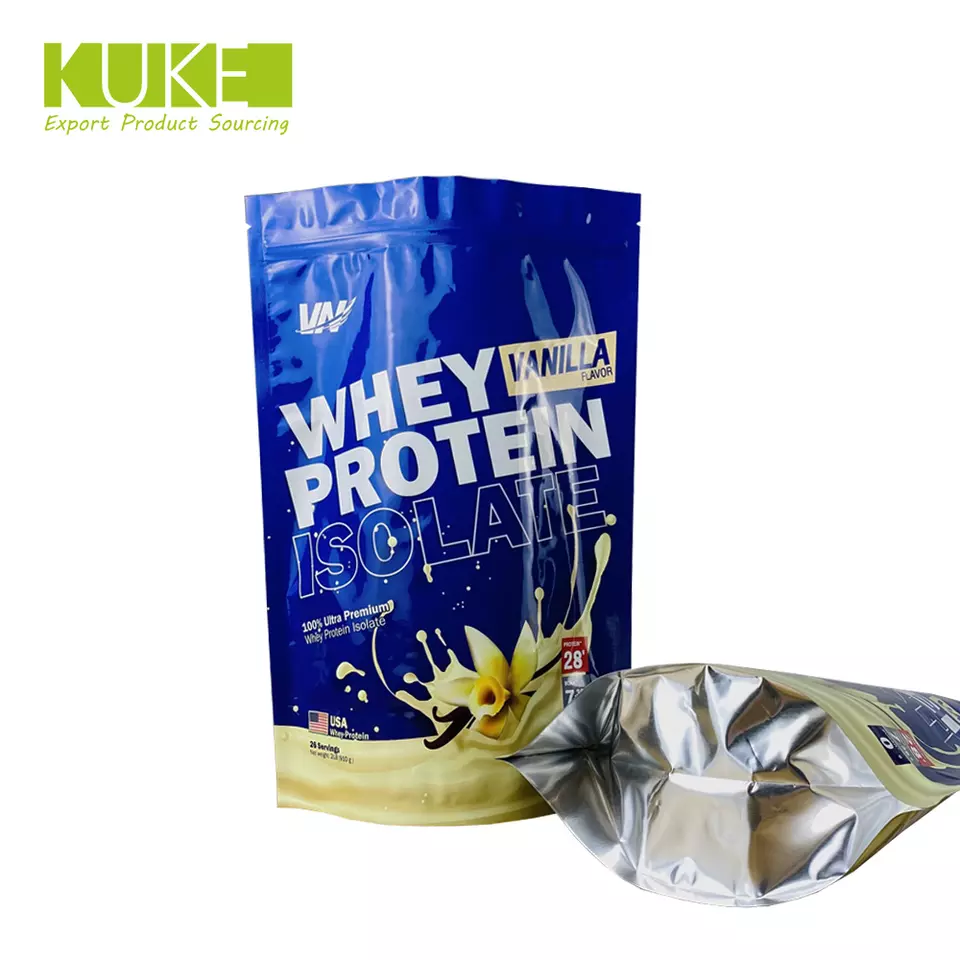
These technical advantages collectively position the pet food packaging bag as a superior choice for pet food manufacturers seeking to optimize product protection, enhance brand appeal, and achieve operational efficiencies.
Customization Solutions and Manufacturer Excellence
In a highly competitive market, effective branding and bespoke packaging solutions are crucial for differentiation. Leading manufacturers in the flexible packaging industry, such as DSL Pack, specialize in offering comprehensive customization for every pet food pouch, ensuring it aligns perfectly with brand identity and product specific needs. This customization goes beyond mere graphics, encompassing material selection, functional features, and structural design.
Tailored Material Combinations:
Based on the pet food type (dry, wet, semi-moist), its fat content, shelf life requirements, and desired barrier properties, manufacturers can recommend optimal multi-layer film structures. For instance, high-barrier laminates with aluminum foil are ideal for sensitive products requiring extended freshness, while more eco-friendly mono-material options are increasingly available for brands prioritizing recyclability. This material engineering ensures the pet food packaging bag provides maximum protection.
Diverse Pouch Styles and Functional Features:
Customization extends to pouch format, including stand-up pouches (SUPs) for excellent shelf presence, flat pouches for economical shipping, and various gusseted options. Functional features like resealable zippers (press-to-close or slider), tear notches for easy opening, spouts for liquid products, and transparent windows to showcase contents are all customizable. These features enhance consumer convenience and distinguish a brand's pet treat bags from competitors.
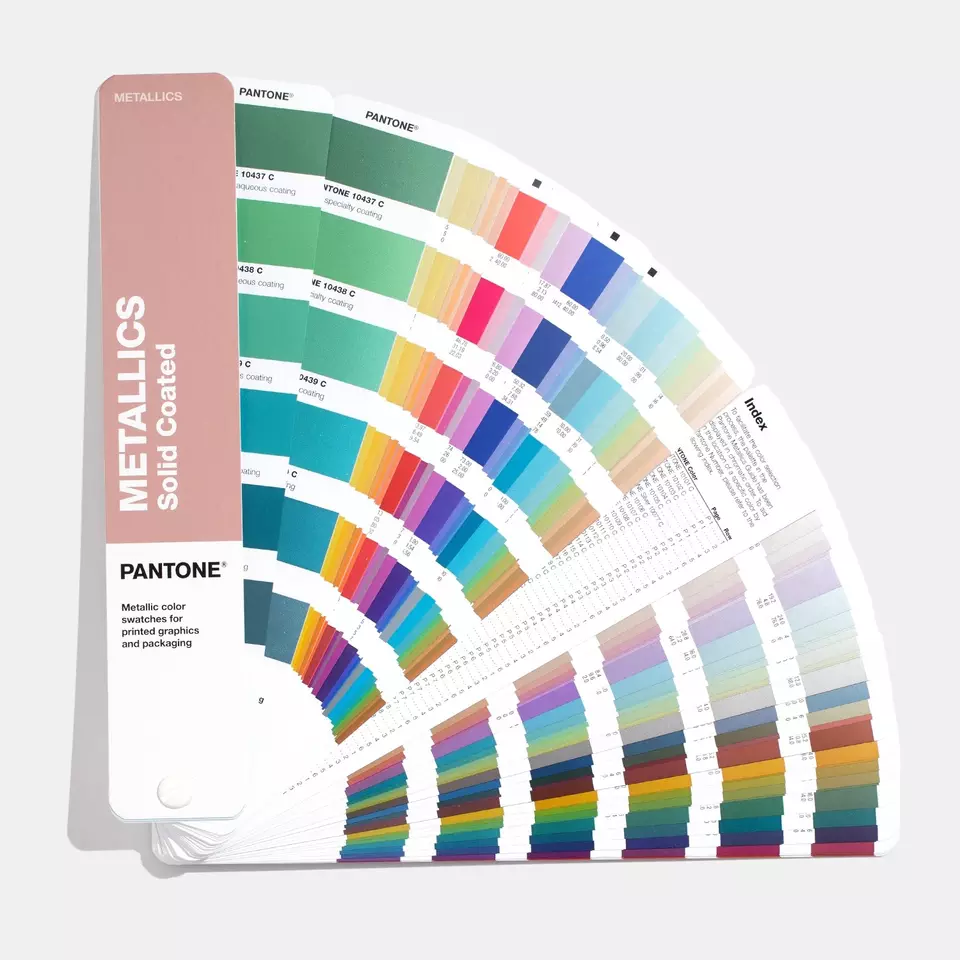
High-Definition Printing and Finishes:
Utilizing advanced rotogravure and flexographic printing technologies, manufacturers can reproduce intricate designs with vivid colors, achieving up to 10 colors. Specialized finishes such as matte, glossy, or spot UV varnishes can be applied to create a premium tactile and visual experience. This attention to detail ensures the resealable dog food bag not only protects the product but also serves as a powerful marketing tool.
Commitment to Quality and Compliance:
Reputable manufacturers adhere to stringent quality control protocols, operating under certifications like ISO 9001 for quality management and BRCGS Packaging for food safety. They also ensure compliance with FDA and EU food contact material regulations. This commitment to excellence provides clients with confidence in the safety, reliability, and performance of their pet food packaging. DSL Pack has a decade of experience in this field, demonstrating consistent reliability and innovative solutions for global pet food brands.

By partnering with a manufacturer capable of delivering such comprehensive customization and upholding rigorous quality standards, pet food brands can develop packaging that truly stands out, protects their products effectively, and resonates with their target consumers.
Trust and Assurance: Our Commitment to Clients
Building trust with our B2B partners is paramount. At DSL Pack, our commitment extends beyond delivering high-quality pet food bags; it encompasses transparent processes, robust quality assurance, reliable logistics, and dedicated customer support. We understand that your success relies on the consistency and performance of your packaging.
Quality Assurance and Certifications:
Every pet food pouch undergoes rigorous testing to meet international quality and safety standards. Our manufacturing facilities are ISO 9001 certified, ensuring consistent quality management system. Furthermore, our products comply with FDA and EU regulations for food contact materials, providing complete assurance of safety and suitability for pet food and snack packaging. This adherence to strict protocols guarantees defect-free and high-performance packaging for all our clients.
Reliable Delivery and Logistics:
We pride ourselves on efficient production schedules and reliable global logistics. Typically, the lead time for customized orders, from design finalization to shipment, ranges from 15 to 25 business days. This timeframe includes production, quality control, and preparation for dispatch. We work with trusted shipping partners to ensure timely and secure delivery of your pet food packaging bag orders, minimizing supply chain disruptions.
Customer Support and Warranty:
Our dedicated customer support team is available to assist you from initial inquiry through order fulfillment and after-sales service. We offer comprehensive technical support to help you select the ideal packaging solution and address any queries. All our products come with a quality warranty, covering manufacturing defects and material integrity. Our long-standing client relationships and positive testimonials underscore our commitment to client satisfaction, making us a trusted partner for your pet treat bags needs.
Frequently Asked Questions (FAQ) about Pet Food Pouches
-
Q: What types of pet food can be packaged in your pouches?
A: Our Customized Printing Pet Food & Snack Food Pouches are suitable for a wide range of pet products, including dry kibble, semi-moist treats, wet pet food, freeze-dried products, and nutritional supplements. The specific material structure of the pet food pouch will be tailored to the product's moisture content, oil content, and shelf-life requirements.
-
Q: Are your pet food pouches sustainable or recyclable?
A: We offer a range of sustainable options, including mono-material pouches (e.g., all-PE structures) that are recyclable in designated streams, as well as pouches incorporating Post-Consumer Recycled (PCR) content. Our team can help you select the most eco-friendly option that meets your product's specific barrier needs while maintaining performance and quality for your resealable dog food bag.
-
Q: What is the minimum order quantity (MOQ) for custom printed pouches?
A: The MOQ varies depending on the pouch size, material structure, and printing requirements. For custom printed pet food packaging bag orders, MOQs typically start from around 5,000 to 10,000 units. Please contact our sales team with your specific requirements for a precise quote.
-
Q: How do you ensure the quality and safety of your pouches?
A: Our manufacturing process adheres to strict quality control protocols, including ISO 9001 certification. We conduct rigorous tests for seal strength, material integrity, and barrier performance. All materials used are food-grade and comply with FDA and EU regulations to ensure the safety of your pet products. This meticulous approach ensures every pet food pouch meets the highest standards.
References
- Smith, J. (2022). "Advances in Flexible Packaging Materials for Food Applications." Journal of Packaging Technology and Research, Vol. 15, No. 3, pp. 112-128.
- Pet Food Institute. (2023). "Pet Food Production & Safety Guidelines."
- European Flexible Packaging Association (EFPA). (2021). "The Role of Flexible Packaging in Sustainable Food Systems."
- Wang, L. & Chen, X. (2020). "Barrier Properties of Multi-Layer Films for Extended Shelf Life Packaging." Packaging Science and Technology Journal, Vol. 8, No. 1, pp. 45-59.





